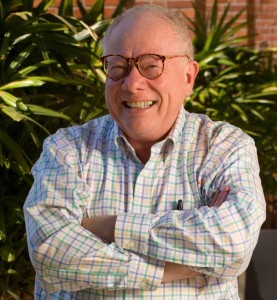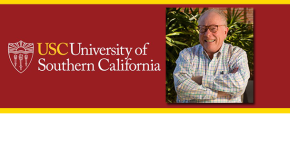
Using art to paint the history of Detroit.
Martin H. Krieger, professor of planning at the University of Southern California, discusses art in the Motor City.
Martin H. Krieger is professor of planning at the Sol Price School of Public Policy at the University of Southern California. He is trained as a physicist, and has taught in urban planning and policy at Berkeley, Minnesota, MIT, Michigan, and USC. His nine books are about mathematical modeling, environmental policy, and about theories of planning and design. He has been a fellow at the Center for Advanced Study in the Behavioral Sciences and at the National Humanities Center. He is a Fellow of the American Physical Society.
Detroit as the City of Industry
I teach about cities and planning. The diversity of topics, from history to engineering to economics, at least, is daunting, especially in teaching an introductory course. So it is wonderful to have an epitome of what we have learned.
In the early 1930s, Edsel Ford commissioned Diego Rivera (1886-1957), the Mexican muralist, to paint, by means of fresco, an enclosed courtyard of the Detroit Institute of Arts Museum. The work is a paean to Nature, Industry, Civilization, and People. Ford’s interest in industry and overlapped with Rivera’s Marxist interest in modernism. There is an education in studying all four walls of the courtyard.
Henry Ford, Edsel’s father, had developed the River Rouge manufacturing plant downriver from Detroit, integrated so that it took in raw materials and put out Ford automobiles. It was a City of Industry. Rivera’s panoply of images show the process of manufacture, from the making of steel to the sewing of the automobile’s upholstery. Featured in portraits were the actual actors: the industrial capitalist Henry Ford, the cultivated and elite Edsel, the managers and engineers, and the supervisors and workers at the furnaces and sewing machines. There is a mutual dependence of the managers and engineers with the workers, while the capitalists are literally sidelined.
Rivera displayed modern industry: aviation, water supply, energy production, and chemicals and pharmaceuticals. As well as Nature, from its geological strata that made for resource-rich places, in cities and hinterlands, places that made this City of Industry possible, to generativity in childbirth. Those children and their parents, who worked at River Rouge, were portrayed as of many races (as the notion was then understood) with complex and rich cultures.
Here is a city (even in the Great Depression), at the nexus of transport and resources, a universe of capital, people, and goods, as well as of labor conflict and eventually war production.


